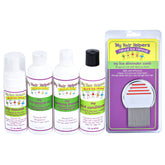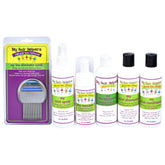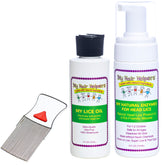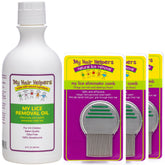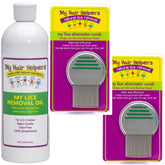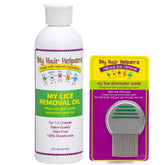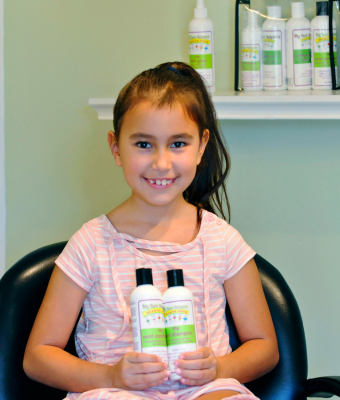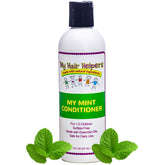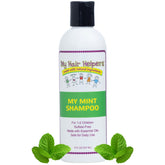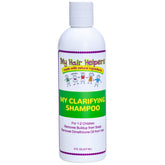CAN CATS AND DOGS GET LICE?
You’ve probably heard that between 6 and 12 million cases of head lice occur each year in the United States, mostly in school-aged children. But what you may not know is that there are over 5,000 species of lice affecting mammals. All species of domestic mammals have at least one associated sucking lice species, and this includes dogs and cats.
While it’s true that dogs and cats can get head lice, it’s not possible for lice to spread from people to pets and vice versa. We’ll explain why you don’t need to worry about lice transmission from your dog or cat to other members of the home.
Lice are Host Specific
A fascinating fact about lice is that they are host-specific, meaning that they live on one species or several closely related species. Therefore, lice don’t transfer from one species to another. For example, if you discover that your child has head lice, the lice can spread to other humans in the household but not to your pets. If they tried, they wouldn’t survive.
The same is true if your pet gets lice - they can’t spread them to other human family members in the home. However, if you have multiple pets of the same type, lice can spread among them.
For instance, if you have a dog with lice, it can spread to another dog. But if you have a dog and a cat, the lice won’t spread to the cat. Dog lice can only be transferred to dogs, and cat lice can only be transferred to cats.
How Do Cats and Dogs Get Lice?
Lice in dogs and cats spread the same way as they do in humans - through direct contact. If you take your dog to the dog park on a sunny afternoon and they roll around and play with another dog that is infested with lice, they can be infested, too. Or if your feline is an indoor-outdoor cat that comes into contact with other cats - she could get lice from them.
Like human lice, dog and cat lice have limited mobility because they cannot jump, hop or fly. They also die within a day or two if they fall off a host. So while dogs and cats can get lice from sharing contaminated collars, grooming tools, or bedding, it’s not likely. Some common places to be vigilant for lice are pet daycare centers, boarding kennels, dog parks, and cat/dog shows.
Can I Use Human Products to Treat Lice in Pets?
Even though brands like My Hair Helpers have natural lice products, they are recommended for human use only. To treat lice in a dog or cat, you’ll need to follow up with your veterinarian. They may recommend isolating your pet, treating them with a medicated product, and getting rid of remaining lice in the home.
Now that you know that you can’t share lice with your family pets, you can rest easy. If you notice that your child is showing signs of lice - itchy scalp, tickling sensation, irritability - it’s likely from another child and not a pet.
My Hair Helpers has a full line of head lice treatment and prevention products that remove lice naturally! Shop for our lice products today - we have family-friendly pricing and fast shipping!


